Still Moving | 3.5/5
SINGAPORE — Photography is currently taking centre stage, what with the biennial Singapore International Photography Festival (SIPF) in full swing. And the Singapore Art Museum has jumped into the fray with its latest exhibition — the extensive triple bill Still Moving.

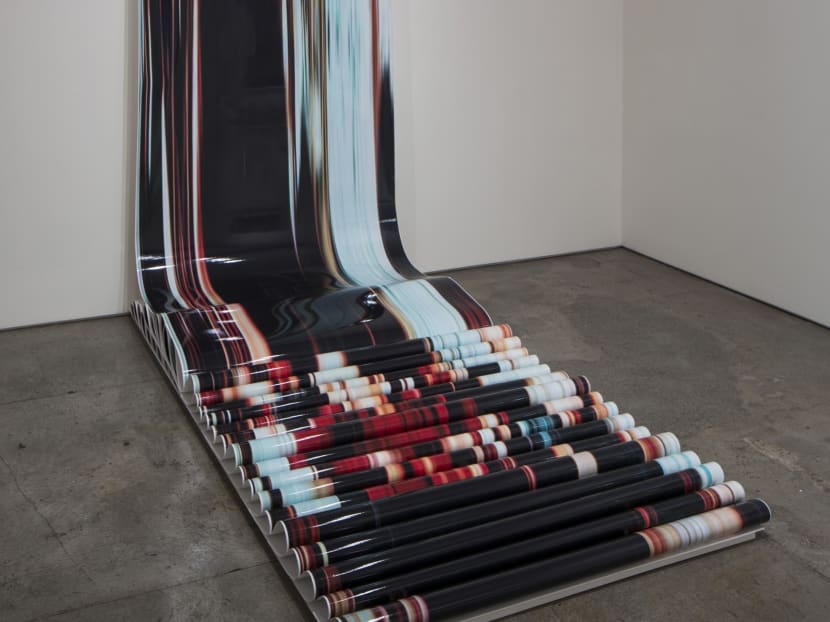
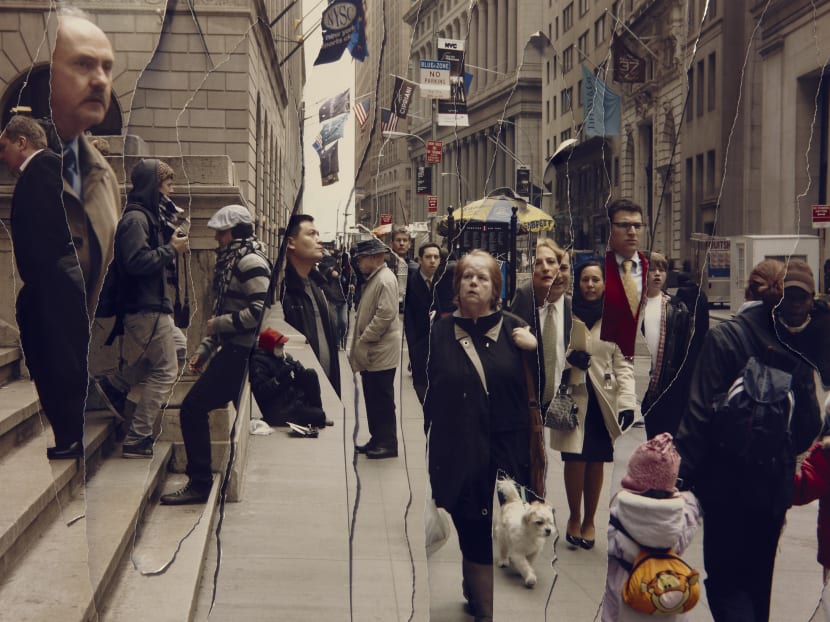
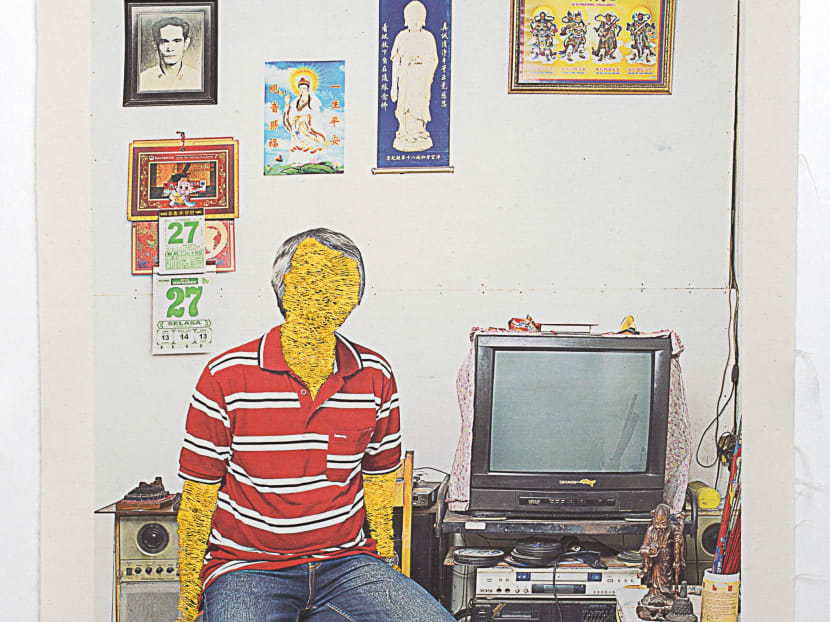
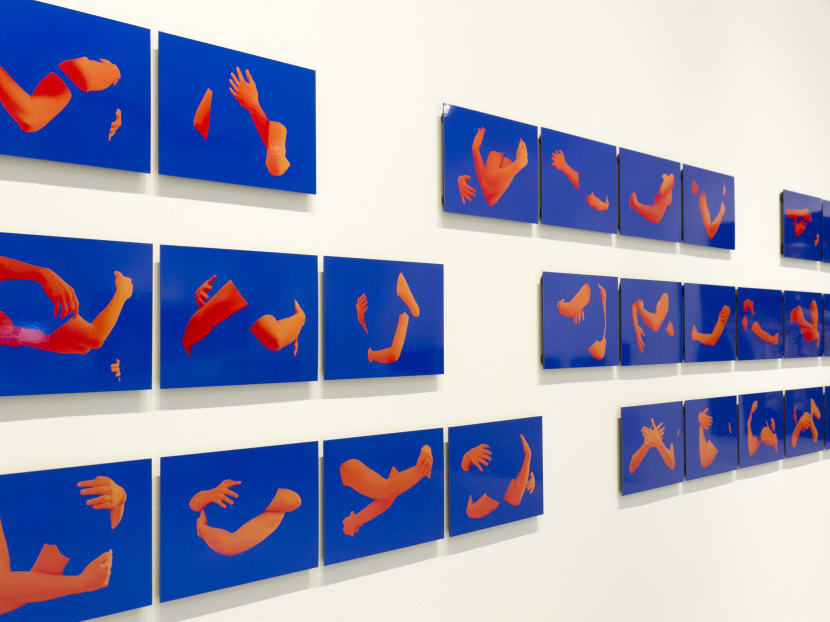
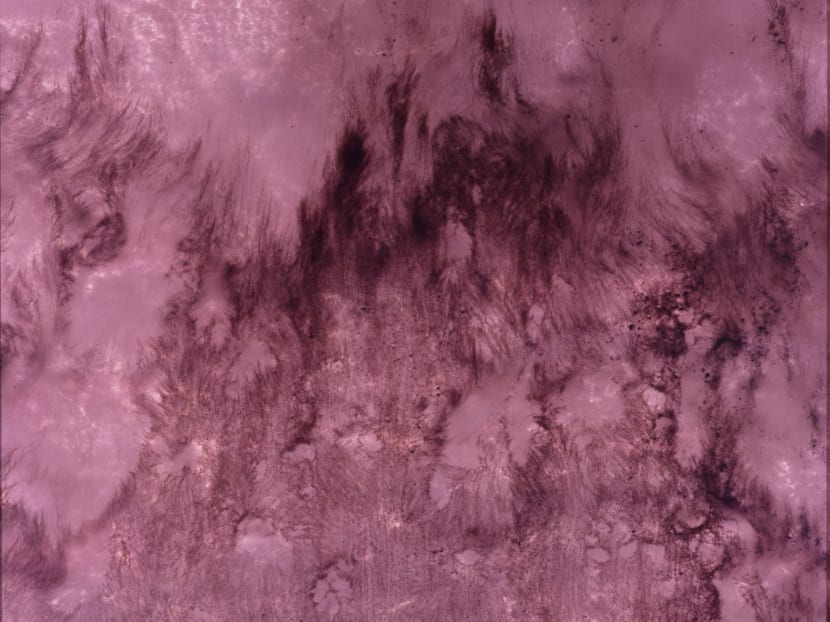
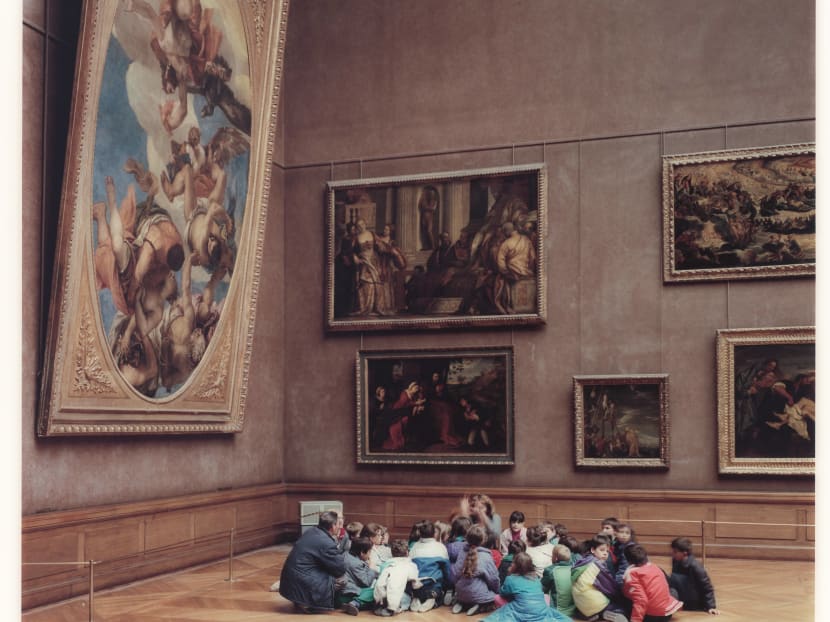
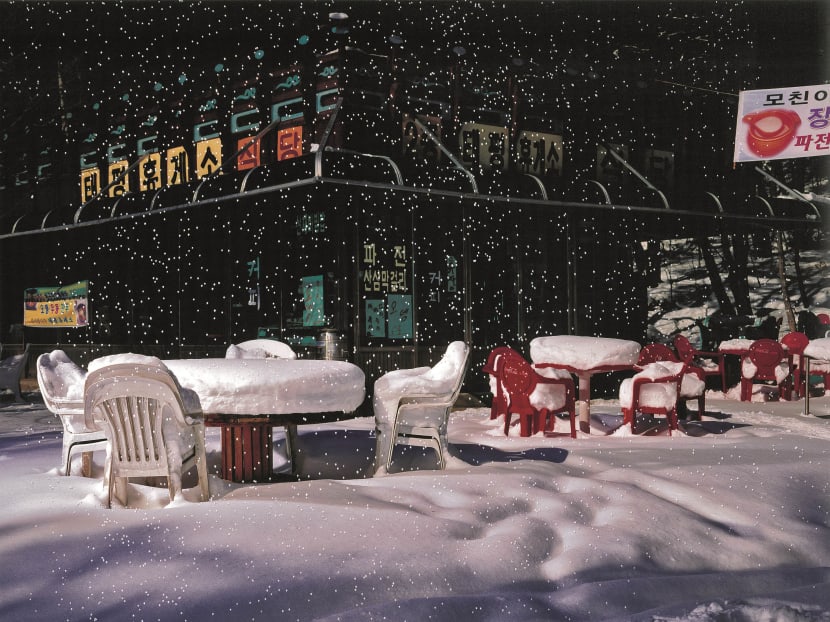
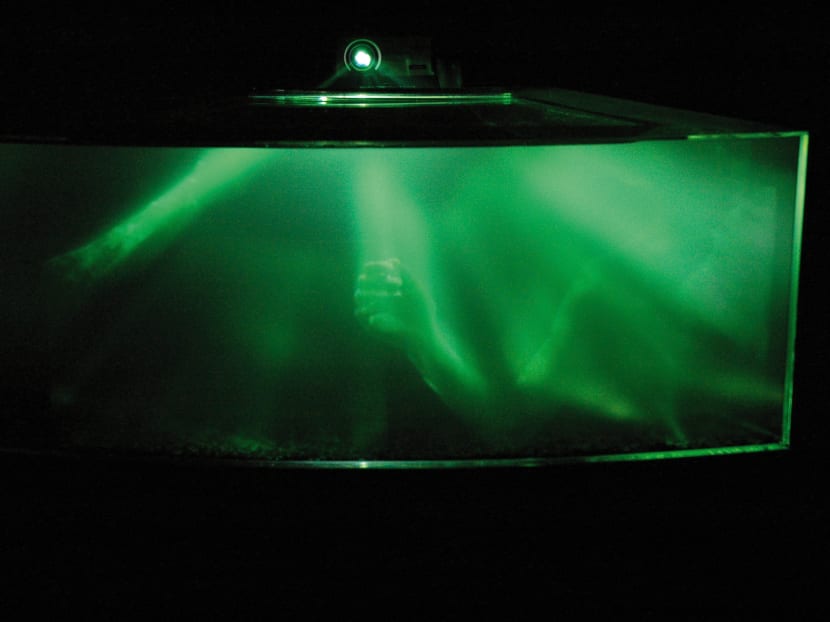
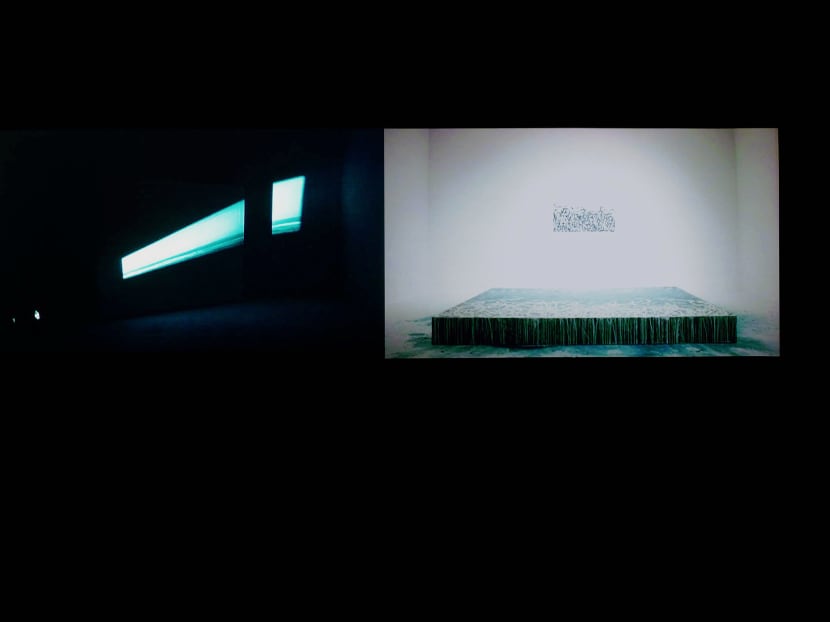
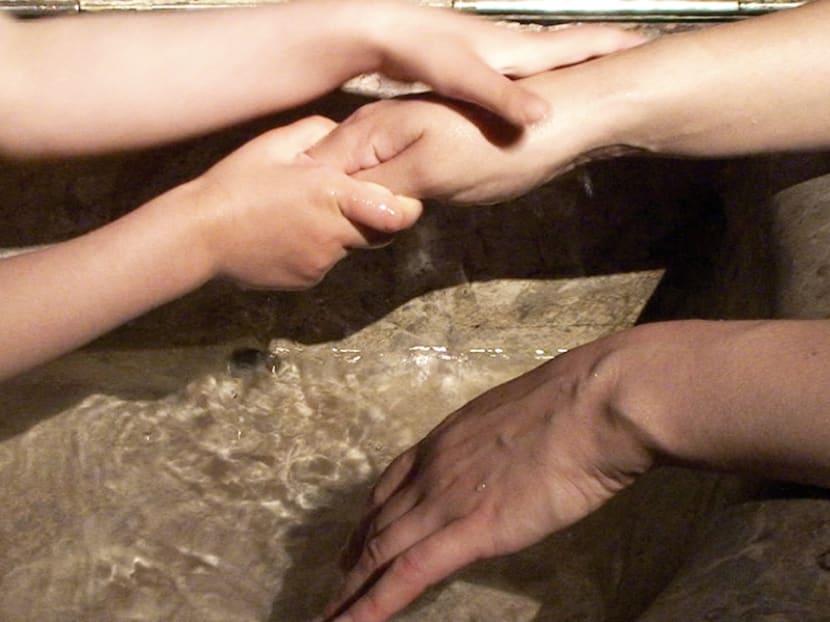
SINGAPORE — Photography is currently taking centre stage, what with the biennial Singapore International Photography Festival (SIPF) in full swing. And the Singapore Art Museum has jumped into the fray with its latest exhibition — the extensive triple bill Still Moving.
On its SAM@8Q premises are three shows that collectively offer a snapshot, as it were, of the breadth and depth of photography and its relationship to other visual art forms such as sculpture, performance, painting and new media. There’s Afterimage, a survey of South-east Asian contemporary photography done in collaboration with SIPF; Time Present, a showcase of works from the Deutsche Bank Collection; and Image & Illusion, a small selection of video works from the Yokohama Museum Of Art. There’s a lot to digest here (some may say a bit too much, considering the cramped premises) as the works cast a light on the form and function of photography— a tool for reinvention and documentation, its relation to time and history, its very materiality.
In a way, these issues are encapsulated in the partial historical survey of Time Present, which presents works from the ’70s to today by names such as Gerhard Richter, Klause Rinke, Cai Guo-Qiang, Hiroshi Sugimoto and Andreas Gursky, whose huge piece, incidentally, is that of the Singapore Stock Exchange in 1997.
The technical and moral nature of photography, too, is examined in works such as Susan Derges’ Shoreline, where images are created without a camera, or Cornelia Parker’s photographs of serene-looking clouds captured by a camera that used to belong to a Nazi official. Photography’s link to fine art is seemingly emphasised elsewhere: A portrait with a robot that alludes to the Pieta, for instance, a work that reminds one of Edward Hopper or Rene Magritte’s play of light and shadows.
The smaller show Image & Illusion then takes things beyond photography, giving way to new media. Here, the focus is on the Image as examined through video works that reference other forms: Performance art and Chinese ink calligraphy, for example, in Tsai Charwei’s videos, or sound art and sculpture in Yagi Lyota’s works, or even a hint of the theatrical in Tadasu Takamine’s ethereal projection of a naked woman seemingly dancing inside a water tank. The triple bill’s best work is also to be found here: Takashi Ishida’s Wall Of Sea, a three-channel video which is a primarily stop-motion animation piece that deftly plays with the idea of frames, three- and two-dimensionality centred around a video snippet of the sea.
But the most compelling of the three shows is Afterimage. The previous two shows are mainly high-quality, broad-strokes museum showcases, which are to be expected considering the presenting partners. But it is this exhibition of regional works that feels more immediate and relevant. Also, while the other two shows generally exude a sense of optimism in the possibilities of the image (and photography to capture reality or expand into fantasy), the opposite seems to be true in Afterimage. There’s more than a hint of scepticism or suspicion of the image here (in some ways perhaps tied to the history of photography and film as tools through which South-east Asia has been perceived by its erstwhile colonisers).
Gary-Ross Pastrana’s installation is part-diary, part-scientific investigation into what constitutes black-and-white photography. Abednego Trianto likewise deconstructs images, combining archival photographs, folklore and anthropological material to create his fantastical version of Indonesia’s colonial history.
Elsewhere, images are either erased (Yaya Sung’s portraits where the faces of the victims of Indonesia’s racial violence are covered with gold thread), denied to us (Dinh Q Le’s 50m-long scrolls of iconic Vietnam War images that viewers don’t get to see) or fragmented (John Clang’s reassembled New York city scenes).
But before you think regional works are merely hung up on the past, you also have works that are firmly planted in the present — contemporary politics, pop culture and the Internet find themselves in the mix. Yan I-Lann uses photographs of people hugging, donated via Facebook, and obscures everything except their arms, which she turns into a coded language spelling out a phrase that alludes to the current political tensions in Malaysia. The ubiquitous “cat photography” sub-genre takes on sexual undertones in Liana Yang’s images, which juxtapose cute cats and scratches they inflict. Agan Harahap, meanwhile, cheekily mixes Indonesian politicians with celebrity photography, photobombing and selfies in his series of images.
Still Moving runs until Feb 8 at SAM@8Q, 8 Queen Street.







